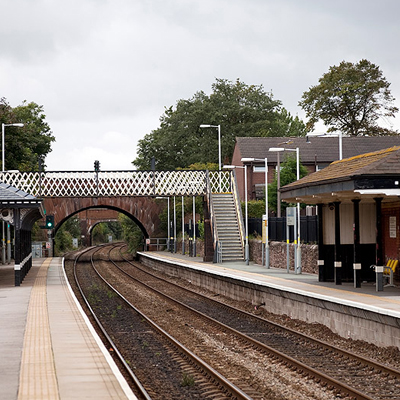Sound Protection

Noise transmission in buildings is such an important issue that the Building Regulations have a specific document to cover it (part E). This document details the requirements for sound transmission between the rooms in a single house and the transmission of sound between individual properties through the party walls or separating floors.
Sound can be transmitted in two different ways: airborne sound or impact sound. Airborne sound is created by sound waves which travel through the air, like the noise from a radio or passing vehicle. The best way to reduce airborne sound is to close any gaps in the structure which the sound waves can pass through, or to use a material which can absorb and reduce the size of the sound waves.
Impact sound is caused by the reverberation of a material when it is struck, such as a person walking across a floor or driving a nail into a piece of timber. Impact sound can only be reduced by ensuring that the various elements of the structure are isolated or where they have to be connected, using the minimum contact area possible. Often this can cause problems, as construction elements need to be fixed in place but use a product that is not too rigid. This is where our FLANKFILLA acoustic strip is used.
FILLCRETE MgO is a wall lining board, which has a high density (12.2kg/m2 at 12mm) to prevent reverberation and reflect and absorb airborne sound.